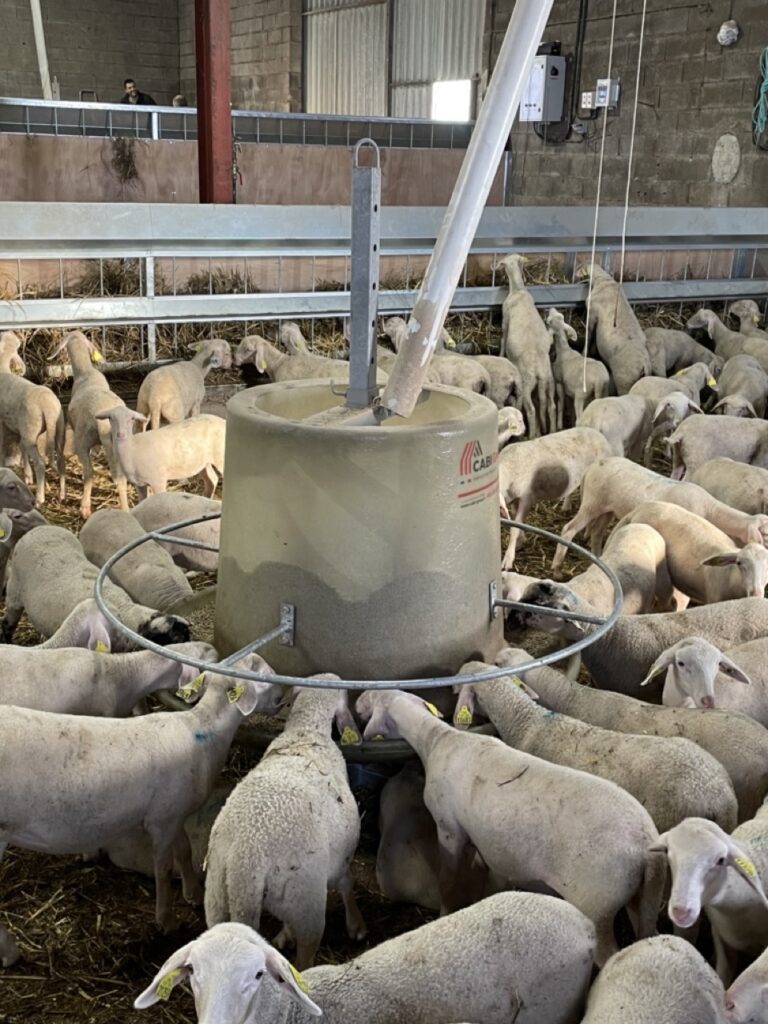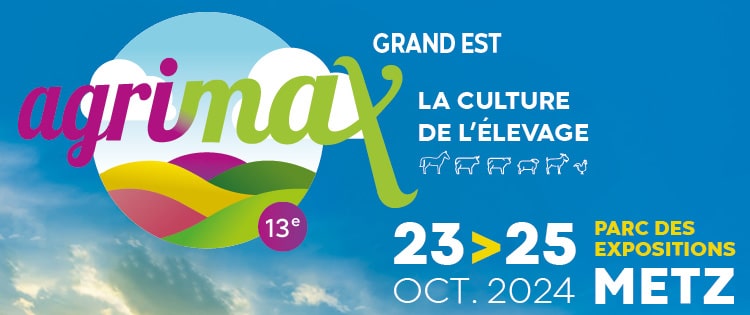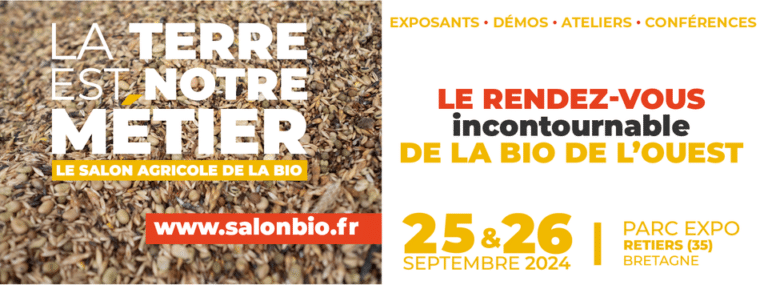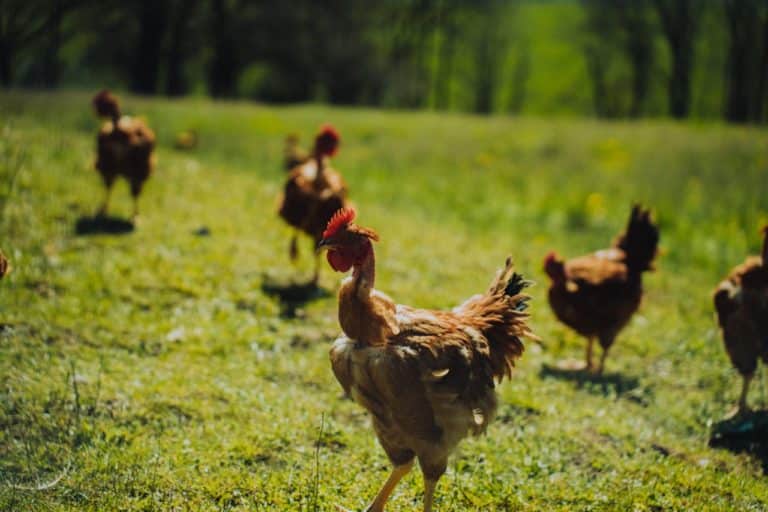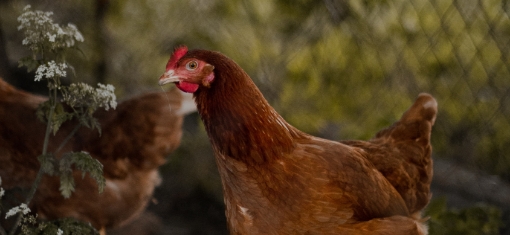Mixed farming involves growing several species of plants on a farm along with one or more livestock units. The aim is to cultivate the fields so that the animals can benefit from them, while at the same time fertilising the soil naturally.
Mixed farming is definitely an agricultural production system for the future. It offers many advantages, both on economic and environmental levels. Several systems are possible and should be considered on a case-by-case basis in order to optimise farm profitability, adapt to the soil and climate conditions and to the organisation of the farm on a daily basis and over the year.
What is mixed farming?
Mixed farming is a farm management system that combines the production of different crops to sell (cereals, fodder, etc.) with animal production (milk, meat, eggs, etc.). The aim is to improve farm profitability and, at the same time, better manage the environment by limiting external inputs and adapting to the natural environment.
A little bit of history
The domestication of animals for human consumption (livestock farming) around 10,000 BC is thought to have slightly outstripped the domestication of plants (cultivation).
In the Middle Ages, stable manure became increasingly available: mixed farming and crop production began with the introduction of three-year crop rotation. Agricultural land was developed and crops were optimised thanks to livestock farming.
Today, this system has become one of the pillars of agroecology. This term, which is increasingly used nowadays, broadly defines a virtuous farming system that ultimately returns to the original system.
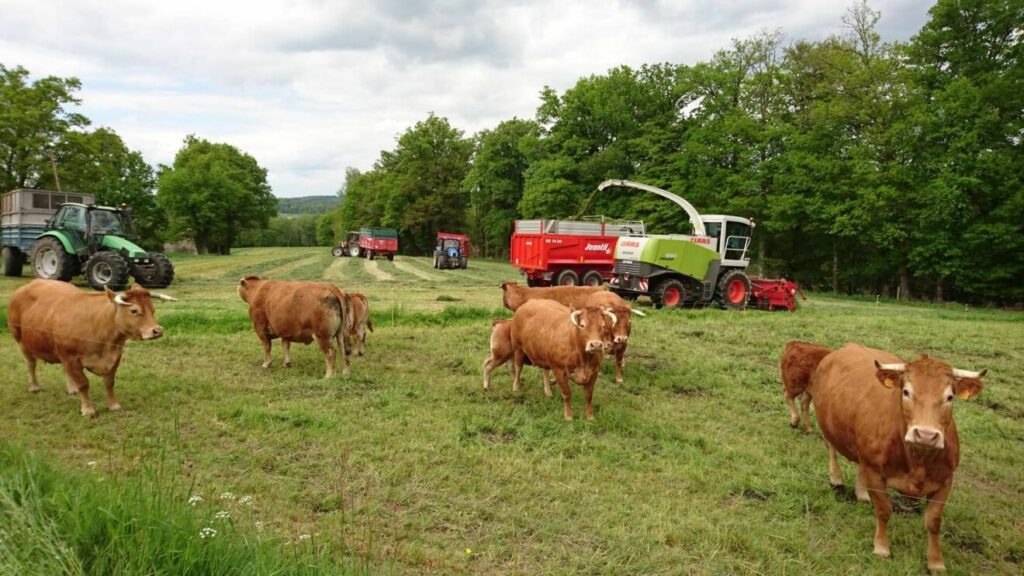
What are the advantages of mixed farming?
Mixed farming offers many advantages over specialised farming. These advantages are both financial and environmental.
Financial
- Reduction of inputs (fertilisers, plant protection products, etc.) thanks to a better crop rotation (favourable to weed control management) and therefore cost savings
- Greater resilience to the weather hazards, with the possibility of dual-purpose crops (sale or herd feed)
- Reduced dependence on imported feed for livestock (thanks to protein self-sufficiency through on-farm feed production) and, as a result, greater food self-sufficiency for livestock farms
- Synergy between productions because “the by-products of one workshop serve as a resource for another”: transport savings
- Greater long-term resilience to the fluctuations of input and feed market prices: you can’t put all your eggs in one basket!
Environnemental
- Preservation of the biodiversity of plant and animal species thanks to the mix of crops and the control of land parcels, generally surrounded by hedges
- Improving soil life by adding natural fertilisers (organic matter and intercropping)
- Reduced losses of nitrogen, phosphorus and carbon (thanks to reduced transport, the presence of meadows, the distribution of waste and the nutrient cycle)
- Landscape diversification
- Resilience of systems to climatic hazards (crop rotation)
Reduced erosion (soil cover)
Here are some use cases
Most frequent case: mixed farming with cattle, sheep and goats
This has historically been the most common mixed farming. The system combines the cultivation of maize and other fodder crops to feed dairy or beef cattle. It can also be combined with the production of protein crops such as soya or broad beans, which have the advantage of providing protein for the animals and nitrogen for the soil in rotation
The livestock waste is used to fertilise the soil naturally.
Finally, cereals (barley, triticale) are produced to feed sheep and goats.
This system can also include the integration of livestock into grassland, which complements cereal and fodder crops to reduce feed production costs and adapt to the nature of the soil.
The most complete: mixed farming with cattle and poultry
Farmers are supplementing the previous system with a more complete one, integrating arable farming with co-grazing of cattle and poultry.
The hens are introduced into the plot with the herd of cows at intervals of a few days. They look for insects and worms in the droppings of animals that have been there before, and also feed on the soil and pasture. This reduces the pressure of parasites on the cattle and gives the chickens a natural food supplement. The chickens are moved around the plot or from one plot to another using a mobile henhouse. The fencing system still needs to be adapted, of course, as the size of chickens is not suited to cattle fencing.
Upcoming mixed farming: multi-crop arboriculture/poultry and viticulture/poultry
This system is developing very quickly and has a number of advantages:
A case study of integrating poultry into vineyards offers the following advantages:
- For the poultry: the hens and roosters roam around the vines, which means that a large part of the poultry’s diet can be covered over a period of 5 to 6 months.
The hens can stay in the vineyard all year round.
Their diet is rich and varied: earthworms, various insects, molluscs (snails, slugs), spontaneous grass but also grass sown in a targeted way to serve as cover for the vines between rows and as feed for the poultry (triticale, fodder peas). In another article, we’ll talk more about the crops that should be grown on a poultry run.
The size of the chickens avoids damaging the vines, unlike sheep, which are also introduced into the vines, but only for part of the year.
The chickens also need to be protected from outside predators by fencing and moved to mobile hen houses at the head of the rows.
- For the vines: disease and pest pressure is much lower, which means fewer treatments are needed. Natural fertilisation by the animals provides a natural soil improver for the vines.
- For the farm: the sale of eggs and meat supplements income and contributes to the positive image of the estate in the eyes of its customers.
Another example is the rearing of geese in a walnut grove, the virtuous economy of which is shown in the diagram:
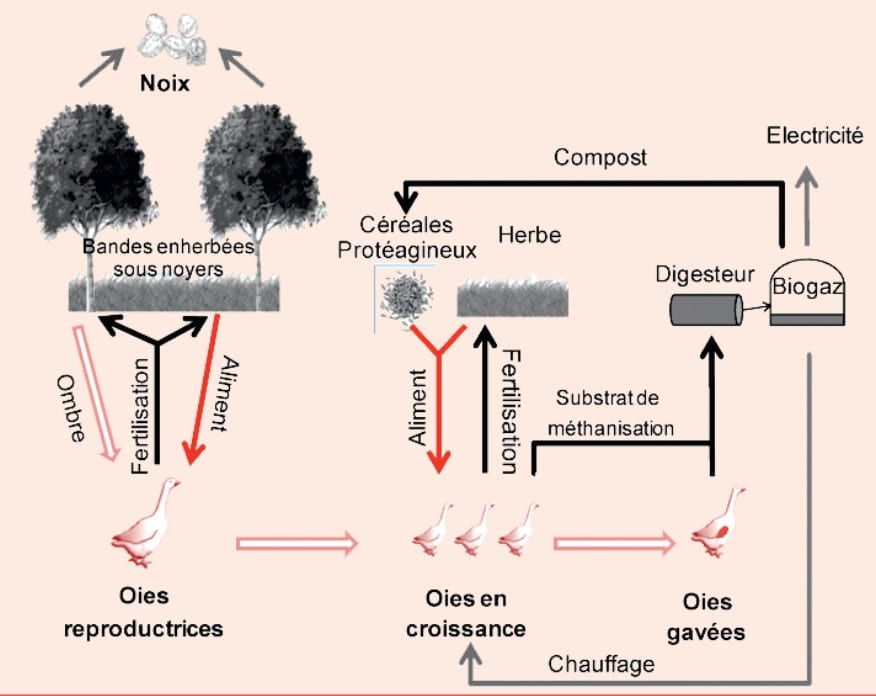
A recent study by INRA researchers shows that rearing geese for foie gras production on walnut-tree pastures in the Périgord region is mutually beneficial, since the shade provided by the walnut trees is much appreciated by the animals, and the goose droppings fertilise the trees, increasing their growth and fruit production without affecting their health.
This specific mixed-farming provides the following:
- supply through the provision of moderate quantities of foie gras, goose meat, walnut wood, walnuts and by-products (goose down and fat, walnut shells and husks)
- preserving environmental quality by using by-products in animal feed (77 t/year), preserving soil fertility and improving animal welfare
- heritage and quality of life, through labelled products with high added value (AOC Noix du Périgord, Oie du Périgord brand) and the preservation of cultural and gastronomic heritage
- regional vitality through job creation and the contribution to agritourism
This work has shown that the benefits of the goose/nut tree association are much broader than the technical and economic interests that justified them.
Another avenue to explore: Mixed farming with market gardening and poultry farming
Over the last few months, several farmers have been working on the design and start-up of a market garden and a laying hen and broiler farm. The vegetables will be grown on permanent beds. Vegetables can be grown in photovoltaic greenhouses. The poultry run is improved by the shade and wind protection provided by the greenhouse. The hen houses are mobile to avoid overgrazing and to encourage interaction with market gardening through rotation.
Mixed farming has faced a few setbacks linked specifically to the reduced profitability of dairy farms. However, its historical virtues make it a system with a bright future, making a strong comeback both in terms of interest shown by farmers and public authorities that support its development.

